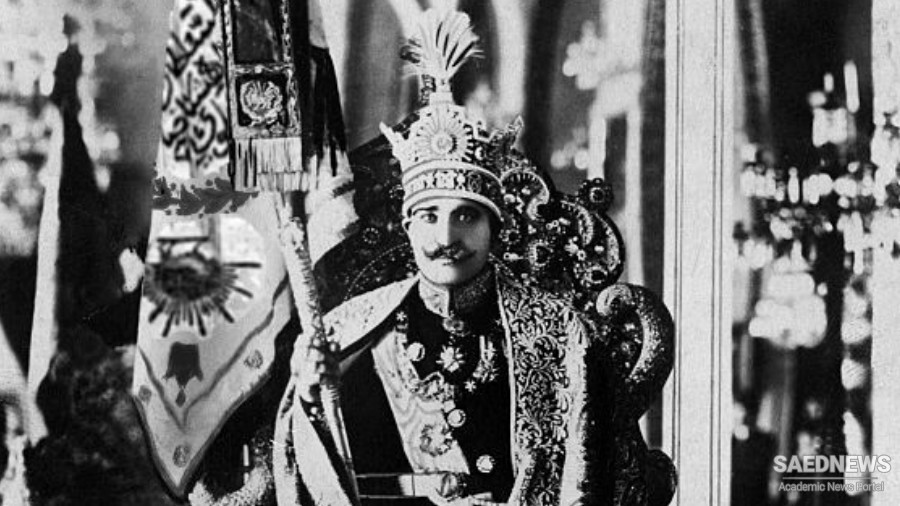By 1925, it numbered 40,000 troops consolidated under one ministry of war. And by 1941, it mustered more than 127,000 men. Likewise, in 1921 the central government had been no more than a haphazard collection of semi-independent mostowfis, monshis, and titled grandees. But by 1941, it had eleven full ministries employing in excess of 90,000 salaried civil servants. The largest ministries – interior, education, and justice – had scarcely existed in 1921.
The expansion was made possible by revenues from four sources: oil royalties; extractions from tax delinquents; higher customs duties; and new taxes on consumer goods. Oil royalties, which started as a trickle in 1911 and totaled no more than £583,960 in 1921–22, grew to £1,288,000 in 1930–31, and £4,000,000 in 1940–41. 9 The other revenues began to increase once Arthur Millspaugh, another American, was named treasurer-general to restart Shuster’s aborted project to create an effective tax-collecting system within the finance ministry. When Millspaugh arrived in 1922, skeptics gave him “three months to learn his job, three months to set his work in motion, and three months to collect his salary before leaving in despair.”
But in five years, he managed to create a new department, abolish tax farms, update old rates, tighten up levies on opium sales, and, equally important, retool mostowfis as full-time civil servants. Soon he was able to present Iran’s first comprehensive annual budget. In all this he was greatly helped by Reza Shah – until the latter decided that the country had room for only one shah. Millspaugh writes that he was able to collect back taxes from important magnates such as Sepahdar (Sepahsalar) simply because the new commander-in-chief threatened to seize their assets.11 It was thought that these extractions led to Sepahdar’s suicide in 1926. “Reza Khan,” Millspaugh remarked, “belongs to the class of statesmen of which Henry II of England and Philip Augustus of France were the prototypes. He supplied the personal and military force necessary to establish the authority of the central government.”
Similarly, he pressured the Bakhtiyari khans and Sheikh Khaz’al to hand over their oil shares to the central government. The British minister reported in 1923: This degree of success would not have been possible without the influential assistance of Reza Khan, which has rendered possible the collection of revenues, both arrears and current, in districts where former Governments had no power to enforce the payment of taxes. Every part of the kingdom has now been brought under the control of the Central Government, and taxes are being paid regularly into the Treasury for many districts where, in former years, not only did nothing reach the Treasury, but large sums had to be disbursed by the Government.
Government revenues also increased as trade recovered after World War I; as income tax – mainly on salaries – was introduced; and, most important, as state monopolies and taxes were imposed on a variety of consumer goods, especially sugar, tea, tobacco, cotton, hides, and opium. Customs revenue jumped from 51 million qrans in 1921 to 93 million in 1925, and further to 675 million in 1940. Revenues from consumer taxes rose from 38 million qrans (rials) in 1925 to as much as 180 million in 1940. The tax on sugar and tea – introduced in 1926 – brought in 122 million qrans in 1928, 421 million in 1938, and 691 million in 1940. In other words, the revenue from sugar and tea alone rose sixfold. Total government income rose from less than 246 million rials in 1925–26 to more than 3,610 million in 1940–41. The British estimated that by 1935 more than 34 percent of this income was being spent on the armed forces.


 Reza Khan: Modernization or Westernization?
Reza Khan: Modernization or Westernization?














































